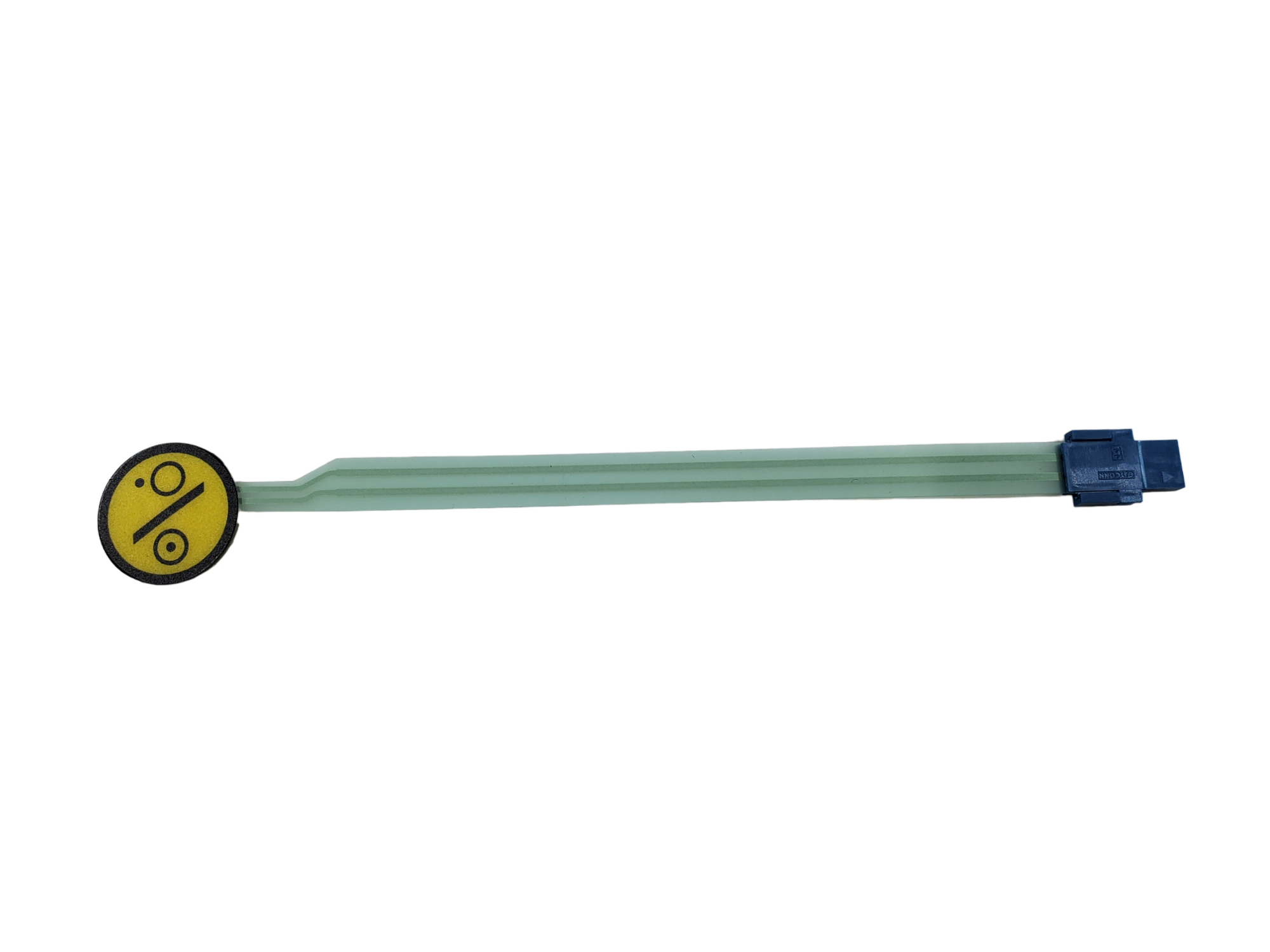Explore the Benefits of Using a Membrane Switch in Modern Devices
Explore the Benefits of Using a Membrane Switch in Modern Devices
Blog Article
Comprehending Membrane Layer Switches Over: The Secret to Reputable and resilient Controls

What Are Membrane Buttons?
Membrane switches are an advanced remedy in the world of interface technology, incorporating capability and design perfectly. These tools act as a user interface between individuals and electronic systems, integrating numerous parts right into a portable style. Generally created from flexible, slim layers of products, membrane buttons are developed to reply to touch, enabling individuals to engage with equipment and electronic gadgets successfully.
The primary components of a membrane layer button consist of a printed circuit layer, visuals overlay, and a spacer layer that protects against unintended activation. The visuals overlay can be tailored to mirror brand name identity or user choices, improving appearances while guaranteeing functionality. Membrane buttons are generally utilized in different applications, including medical devices, customer electronic devices, and commercial equipment, owing to their durability and resistance to ecological elements such as dampness and dust.
Among the essential benefits of membrane switches is their ability to endure wear and tear, making them ideal for high-traffic settings. Additionally, they are light-weight and require minimal space, permitting cutting-edge layouts in product growth. Generally, membrane layer changes stand for a reliable and functional choice for contemporary digital interfaces, weding modern technology with user-centric layout principles.
Exactly How Membrane Switches Job
The operation of membrane layer switches joints on an easy yet effective mechanism that equates individual input into digital signals. When a customer presses the switch, the leading layer deforms, allowing a conductive aspect in the circuit layer to make contact with a corresponding conductive pad on the underside of the visuals overlay.
The layout of membrane layer buttons can vary, but they often include domes or responsive aspects to provide comments to the customer, enhancing the overall experience - membrane switch. The materials made use of in membrane switches, such as polyester or polycarbonate, contribute to their resilience and resistance to environmental factors, including wetness and dust. The published circuits are generally encapsulated, which shields them from wear and tear over time.
Advantages of Membrane Buttons

In addition, membrane layer buttons are understood for their resilience. Built from durable materials, they are resistant to dirt, wetness, and physical wear, which substantially expands their life-span compared to typical mechanical switches. This sturdiness makes them specifically appropriate for high-traffic atmospheres and applications needing durability.
One more considerable benefit is the convenience of cleansing and upkeep. The smooth surface of membrane switches over decreases dust build-up and is usually resistant to spills, making them excellent for settings that need frequent sanitization.
Additionally, membrane layer switches supply a streamlined profile, causing a thinner layout that can be incorporated into my sources different devices without including mass. This attribute not only boosts the visual charm yet additionally contributes to a much more ergonomic item design.
Applications of Membrane Layer Switches
Flexible and user-friendly, membrane layer buttons locate applications across a variety of industries, including medical gadgets, consumer electronic devices, and industrial devices. In the clinical area, these switches are essential to gadgets such as analysis tools, patient surveillance systems, and mixture pumps, where integrity and convenience of cleaning are critical. Their capability to withstand rough atmospheres and maintain performance makes them ideal for such applications.

In consumer electronic devices, membrane layer switches are used in products like microwaves, cleaning machines, and remote controls - membrane switch. Their streamlined layout permits user-friendly user interfaces, boosting the general individual experience while providing resilience and resistance to tear and wear
Commercial devices additionally benefits from membrane layer buttons, particularly in control panels for equipment and automation systems. These switches use security against dirt and dampness, guaranteeing consistent performance in challenging settings. Additionally, their adjustable functions permit manufacturers to customize them to details operational requirements, improving effectiveness and capability.
Picking the Right Membrane Layer Change
When choosing a membrane button, it is important to take into consideration various aspects More about the author that affect performance and suitability for specific applications. The key factors to consider include ecological problems, tactile responses, durability, and style specs.
First, analyze the operating environment; buttons exposed to moisture, chemicals, or extreme temperatures need particular materials to make certain long life and capability. Next off, examine the demand for tactile feedback. Depending upon user interaction, some applications might gain from a responsive action to validate activation, while others might favor a non-tactile design for visual factors.
Toughness is another important aspect; membrane buttons need to be designed to stand up to frequent usage, impacts, and abrasion. Guarantee the selected button can withstand the anticipated lifecycle, especially in high-usage scenarios.

Final Thought
Finally, membrane changes act as essential parts in the style of durable and dependable control systems across various sectors. Their portable design, integrated with durable building and construction and customizable functions, boosts customer communication while making sure longevity popular environments. The versatility of membrane changes enables tailored services that meet specific functional needs, reinforcing their relevance in modern innovation. As industries proceed to develop, the relevance of integrating reliable membrane switch solutions can not be overstated.
Membrane layer switches over represent a crucial facet of modern user interface style, blending performance with durability in numerous applications.Membrane layer buttons are a sophisticated option in the realm of individual interface modern technology, integrating capability and design perfectly. Commonly built from adaptable, thin layers of products, membrane layer switches are designed to respond to touch, making it possible for individuals to communicate with equipment and digital devices efficiently.
The layout of membrane layer switches find out here can differ, yet they typically include domes or responsive components to provide responses to the customer, improving the total experience.In conclusion, membrane changes offer as essential components in the design of trustworthy and durable control systems across different sectors.
Report this page